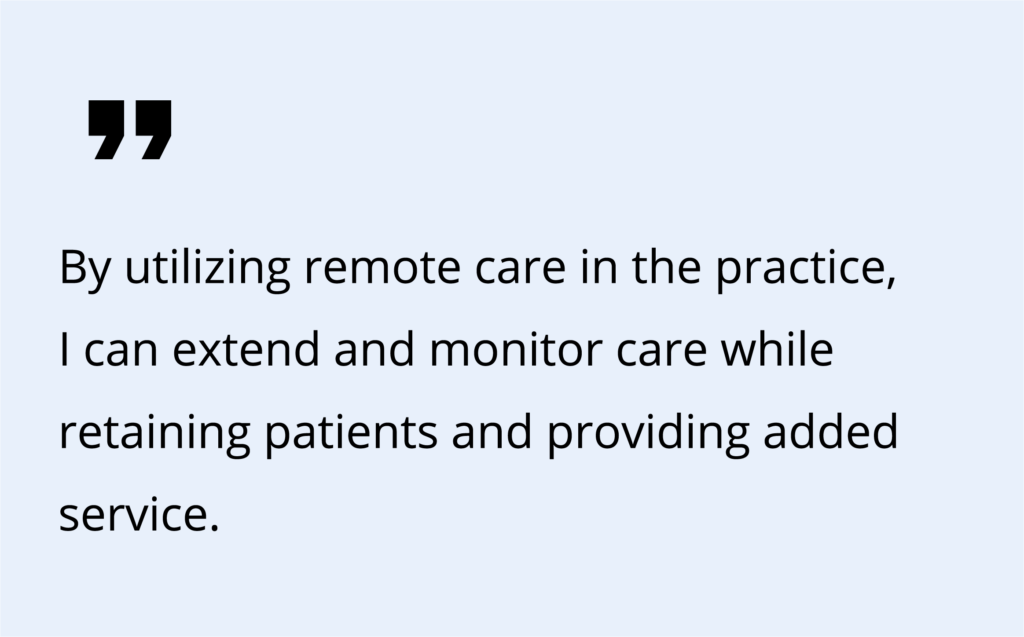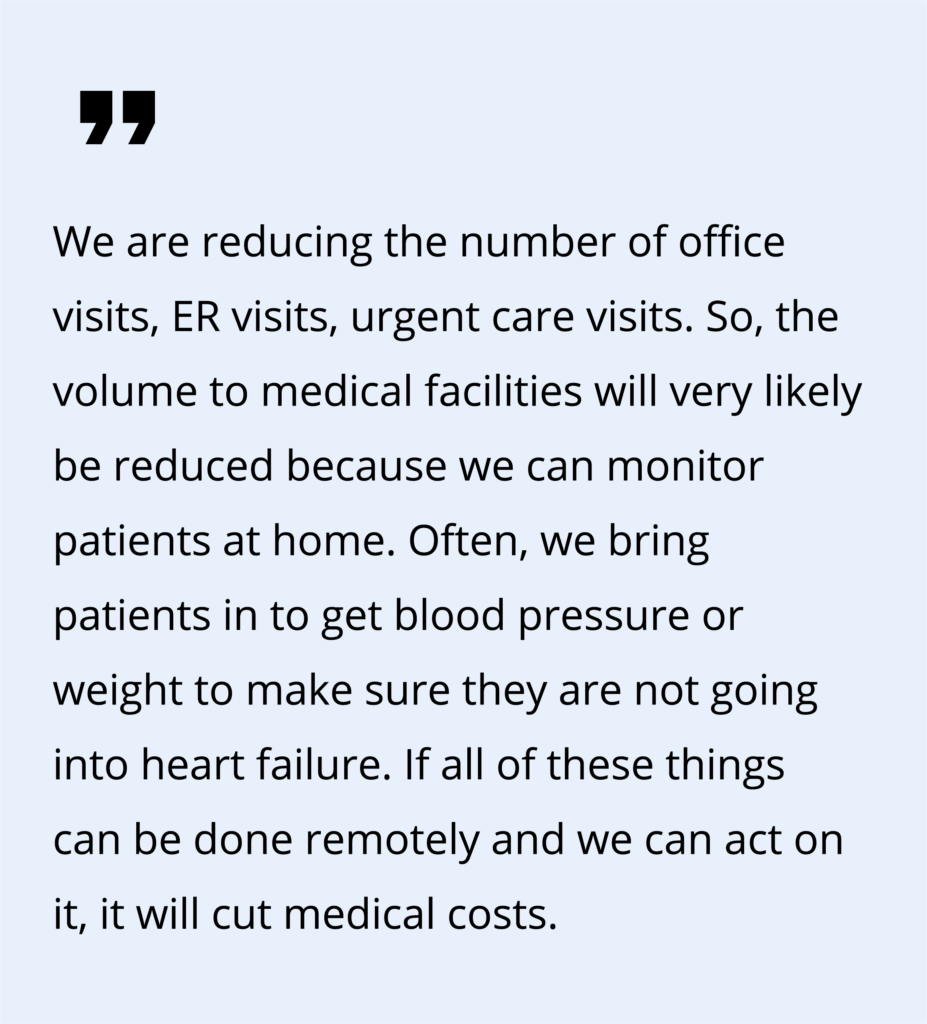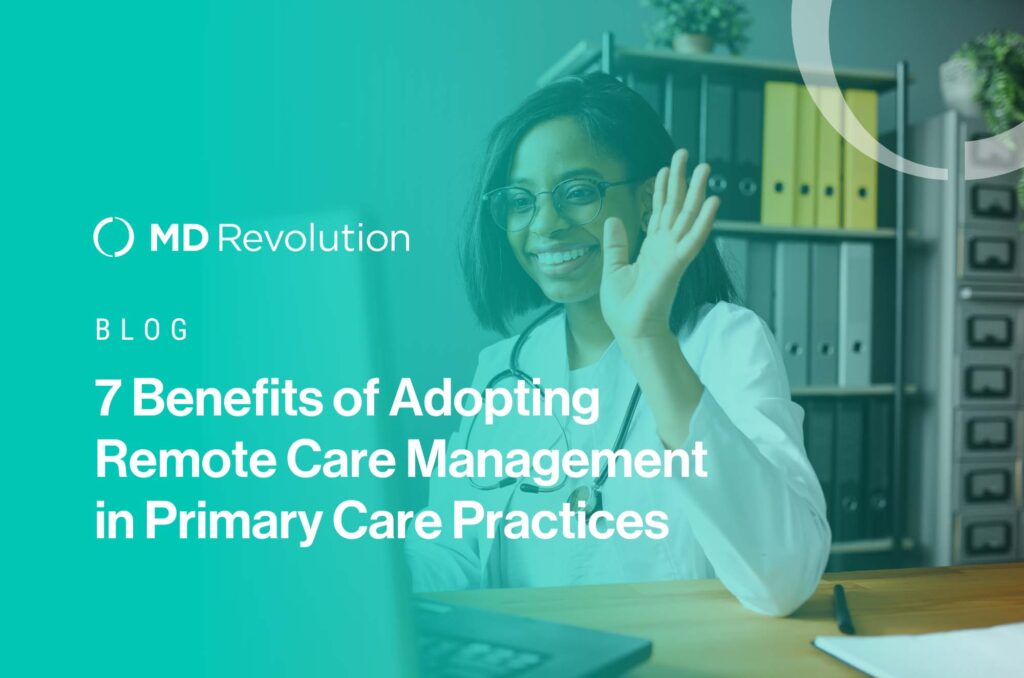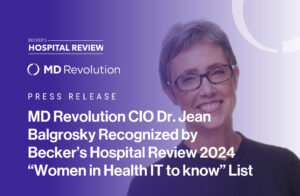1. Efficiency Expanded: RPM and CCM services help primary care physicians (PCPs) manage larger patient loads by providing data analytics and connected care devices. This allows physicians to treat an increased number of patients effectively and efficiently.

2. Improves Delivery of Care: By design, remote care increases patient access with more frequent touch points. This can be a challenge for already busy PCP’s. However, by incorporating RPM and CCM with a clinical care service team, your workload is minimized. This delegation allows primary care provider’s staff to focus on more complicated cases and urgent care needs. Consistent vital measurements allow providers to observe trends over time, so when patients present for an in-office visit, providers are armed with an accurate picture of the patient’s health.
3. Decreases Hospital Readmissions: As shown in a recent case study, RPM and CCM services can lead to a 50% reduction in 30-day hospital readmission rates among enrolled patients. This represents substantial savings for health systems and patients alike, and significant, long-term improvements in patient outcomes.

4. Cost-Effective: When offered together as one comprehensive program, RPM and CCM services have proven to reduce unexpected hospital readmissions, offering a cost-effective solution to one of the biggest concerns in today’s healthcare environment. Working with a remote care partner for clinical monitoring and care coordination can also help practices optimize their personnel and reduce overall operational costs.
5. Increases Practice Revenue and Patient Retention: RPM and CCM are service lines that allow PCPs to treat the same number of patients more effectively, attracting new patients, increasing patient retention rates, and increasing revenue.
6. Quality Measures for Value-Based Reimbursement are met: RPM and CCM services helps PCPs to meet new quality measures and benchmarks for value-based reimbursement models. This means that practices demonstrating high-quality, cost-effective care can see increased financial compensation under models like the Medicare Shared Savings Program, providing a reassuring return on investment for adopting RPM and CCM services.

7. Attracts New Patients with Innovative Care Options: RPM and CCM are not just tools, they are a form of ‘concierge care,’ providing personalized, convenient care that boosts patient satisfaction. This innovative approach to healthcare makes practices more attractive to new patients looking for accessible and advanced healthcare solutions, sparking excitement about growth and innovation in your practice.



